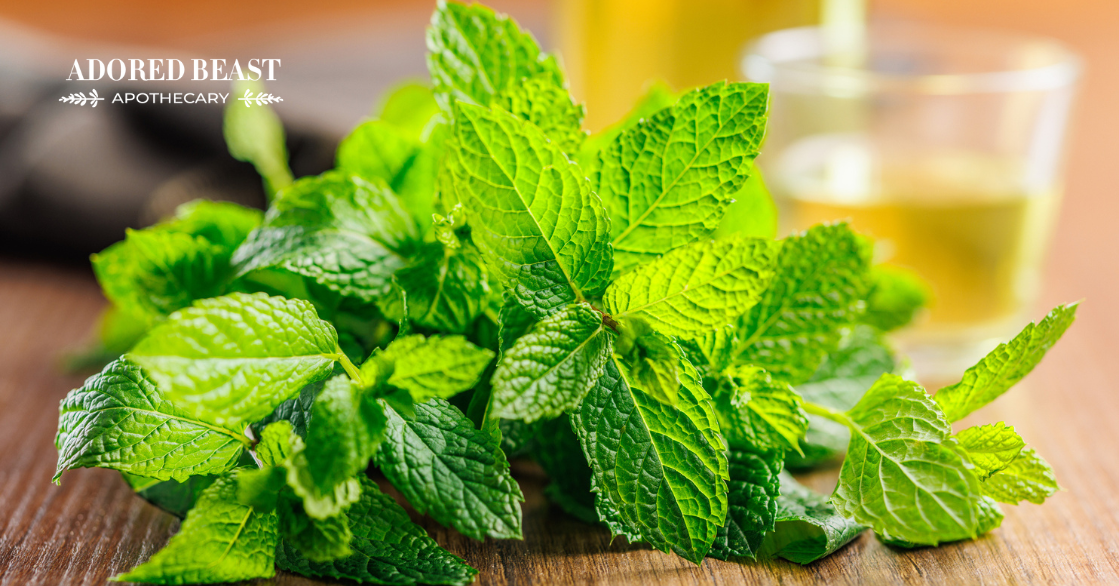The last year and a half definitely has a chapter or seven reserved for it in future history books. Our day-to-day is, for many, still altogether unfamiliar, uncomfortable, fraught with anxiety – and that’s an ‘okay day’ for most of us right now. While we’re trying to sift through our own emotions, the one resounding comfort we do have happens to be seated next to us. (Go on, take a moment to give them scratches, preferably on the belly.)
Our doe-eyed, floppy-eared support systems are marvelously, mind-bogglingly astute. From service animals like therapy dogs and cats, equine therapy, and search and rescue dogs to your neighborhood watchdog, Baxter, animals have an innate ability to soothe, assist, and care for us.
Their keen perceptions sense the stress, the shift to a new norm, and it has a profound impact on them. So, how can we help alleviate their stress during these times? What steps can we take to give our animals the support that they so readily give us? How can we help soothe stress and anxiety in pets?
Their environment has to be our first consideration, of course. Animals need time for play and mental gymnastics. If these aren’t being met, especially in high-drive dogs, it can undoubtedly contribute to anxiety. If you’re able to cross those t’s and dot those I’s, then we can move on to how to assess our animals’ anxieties further. Using an approach that looks beyond the behaviors, we can evaluate how excessive emotional or bodily stress can influence the physical.
TVCM and the Five Element Theory
From a Traditional Veterinary Chinese Medicine (TCVM) perspective, The Five Element Theory emphasizes that each living being has a set of personality traits that match with each element– wood, fire, earth, metal, and water. The type of element associated with each dog correlates with its emotional disharmonies as well. Put simply; every dog has its own set of traits– likes, dislikes, wants, and fears.
In Chinese medicine, the five elements are applied not only to our personality traits but to the body as well. Each element is associated with a specific organ in the body; to be more precise, each element has specific solid and hollow organs related to it, typically to accent the yin and yang of each element.

For example, water is associated with the kidney (a solid organ) and the bladder (a hollow organ). Certain elements control others, though all are cyclically affected by each other. A dog’s trait(s), its constitution, offers insight into its disharmonies or tendencies, and this can give insight into which organs and ailments may crop up for them.
Wood dogs are athletic, lean, and muscular, think letterman’s jackets. They thrive on the adrenaline and the rush of moving. Their personality is tied to the liver organ, so if they become unbalanced or overworked, they may turn to anger and irritability. The liver is the linchpin; it directs the flow of Qi throughout the body, so these pups should be watched for liver-related issues like muscle and tendon injuries.
Fire dogs are THE WOO Girls– emotional and easily excitable. They. Bring. The. Party. Their love for people is infectious, and they thrive being in the thick of everything. The organ associated with the fire element is the heart, so once they’re engaged, it can be hard for them to settle again, leading to restlessness, overheating, and overexcitement. They’re prone to circulatory and heart issues.
Earth dogs tend to be kind, loving, and nurturing, think Golden Retrievers. They are the keepers, the mother of the world, and wildly devoted. They also love to eat (this writer may be an earth element). When these pups are out of balance, their emotional disharmonies include worry and obsession, which can lead to g.i. upset because their organ is spleen/stomach. They’re more prone to obesity and hypothyroidism.
Metal dogs, such as German Shepherds, are duty bound and, at times, very no-nonsense. They see the world in right vs. wrong and believe in honesty and personal space. They love a routine and a job well done. Their organ is the lung/large intestine, so they’re prone to seasonal allergies and asthma. Because their emotional disharmony is grief, they may have an especially tough time dealing with loss.
Water dogs are independent, even a bit sneaky. (I’m not saying they’d be in Slytherin, but…) These are the typical garbage-divers. They wait for their person to leave for work and then make a mess of the house. Their organ is the kidney/bladder (you may have guessed), and they do have a fear of new and the unknown. They’re prone to bladder infections and skeletal issues.
Keep in mind that dogs can share characteristics of elements and while certain breeds seem prone to personas (think about Australian Shepherds– undeniably fire dogs, right?)– any breed can fall under any of the elements. The Five Elements apply to us just as much as animals, so go ahead and figure out where you fit, too.
Canine anxiety is believed to be tied between water (the kidney and bladder) and fire (the small intestine, pericardium, and heart).
The kidneys (associated with water, remember) start to deplete and cannot control the heart energy flow (associated with fire). Essentially, the water element is not able to regulate the strong, fire-burning element in overexcited dogs, and that allows nervousness to occur.
Fire dogs, in particular, whose constitutions are emotional and easily excitable, have disharmonies that cause excessive emotional or physical stress, which is why they’re so intrinsically linked with anxiety.
How to Combat Anxiety
1. Maintain the Balance Between Heart and Kidney Function
A combination of herbs works well together to calm the spirit and maintain kidney and heart health. It’s important to know that herbs aren’t a “quick fix.” It may take several weeks to notice a change because it’s a gradual transformation of the animal’s way of being, not a short-term patch.
Heat-Draining Herbs
In a healthy dog, the heart, a fire element (yang), and the kidney, a water element (yin), are balanced. Rehmannia and asparagus tuber have a cooling effect and help maintain kidney yin. They also help to clear heat and restore balance along with ophiopogon and scrophularia.
Spirit-Calming Herbs
Anxious behavior may also occur due to an imbalance of the heart itself and may take root as excess heat or agitation. Biota seed and polygala help to calm the spirit while preserving the dog or cat’s unique personality. Ginseng promotes yin energy (think water) and removes excess yang (fire) to calm the body. Jujube seed is widely known for calming stress in the body, and together with Schisandra fruit, they prevent leakage of heart Qi.
Harmonizing Herbs
Conducts the actions of the other herbs upward to the heart spirit.
You’ll find this combination of heat-draining herbs, spirit-calming herbs, and harmonizing herbs in Herbsmith’s Calm Shen. These herbs need to go hand in hand because it’s their combined synergistic effect that calms the shen.
2. Food Energetics for Calming
Food is the foundation of health. It’s functional, it nourishes the body, and it shapes wellbeing. That’s why ‘you are what you eat’ so aptly pairs with the practice of Food Energetics. Applying Food Energetics, the study of how food affects the body, we can use food’s properties (warming, cooling, neutral, hot) to gently sway the body.
**Prerequisites: Before jumping into Food Energetics, it’s most important that you’re feeding a balanced, species-appropriate diet. As scavenger carnivores, dogs should be eating a diet consisting mostly of skeletal and organ meat, lesser amounts of vegetables, fruits, seeds, and even minimal amounts of predigested grains, mimicking contents found in their prey’s stomach. **
Back to swaying– the body. Fire dogs respond exceptionally well to neutral or cooling foods, as warming foods tend to stoke their excitement. Cooling foods can help to balance the fire element within your dog, especially those who seem a little on edge or who run hot. The food’s properties work to bring down the heat and, consequently, anxieties.
Cooling foods:
- Duck, rabbit, whitefish, cod, scallop
- Fruits & veggies in general but especially avocado & apples
Neutral foods are, well, just that–they won’t increase or decrease Qi (energy) in your dog, which can also be beneficial.
Neutral foods:
- Beef, pork, goose
- AVOID lamb & venison (these are the warmest of all proteins)
Head here for more on Food Energetics, including food charts.
It’s entirely up to you how you incorporate cooling and neutral foods into your dog’s daily diet. But if you aren’t sure where to start, The Simple Food Project offers freeze-dried raw cooling and neutral formulas that are convenient for you and made specifically with your dog in mind. With only 16 ingredients, the recipes are simply real, whole foods in proportions fit for the carnivore.
We’re all acutely aware that unexpected situations do happen and that they cause stress. So, dogs whose general settings aren’t nervousness or excitability may benefit from having a quick-acting herbal relaxant like Herbsmith’s July Third on hand. For those with specific personality types (looking at you fire dogs), combatting their anxiety just takes a bit of time and enerQI.












